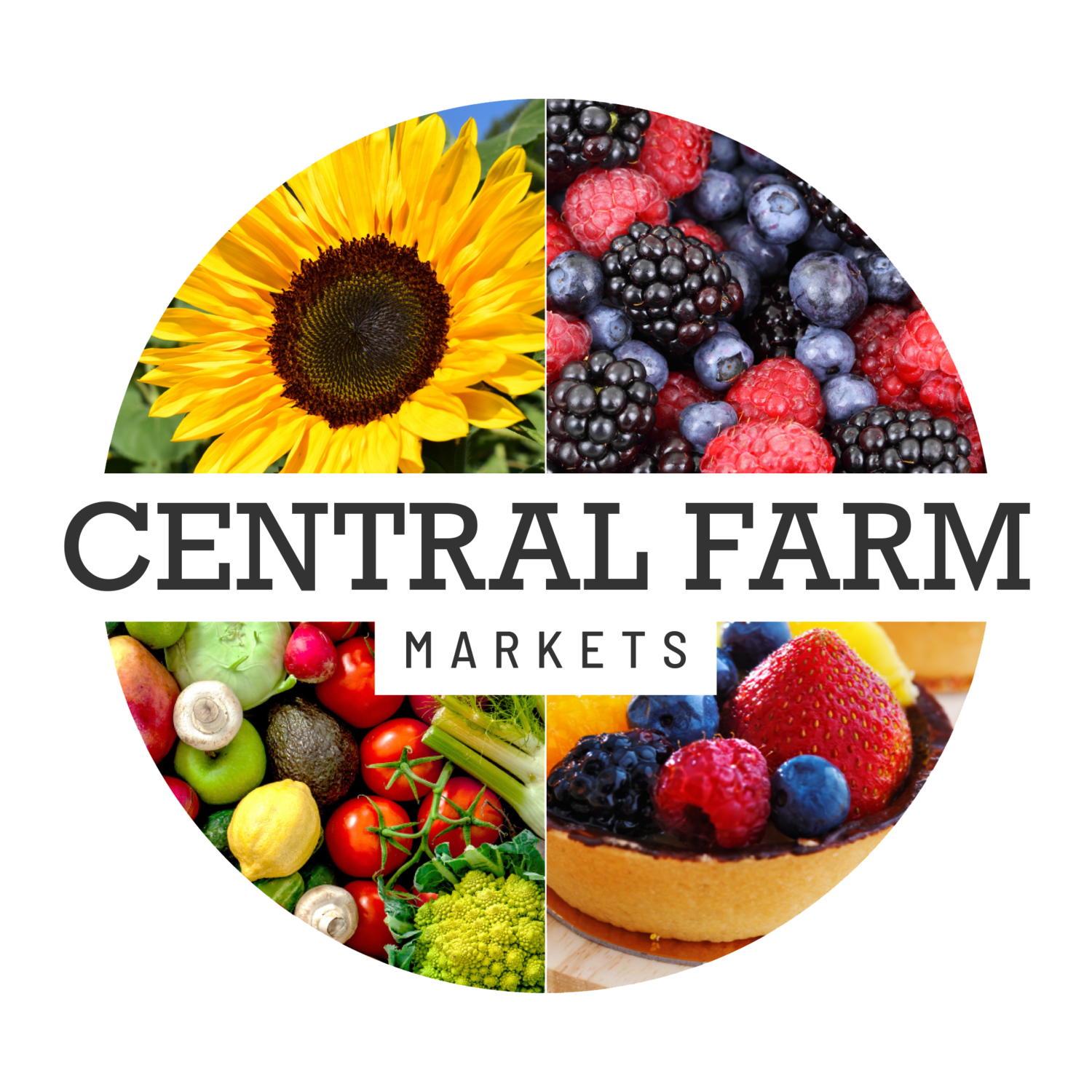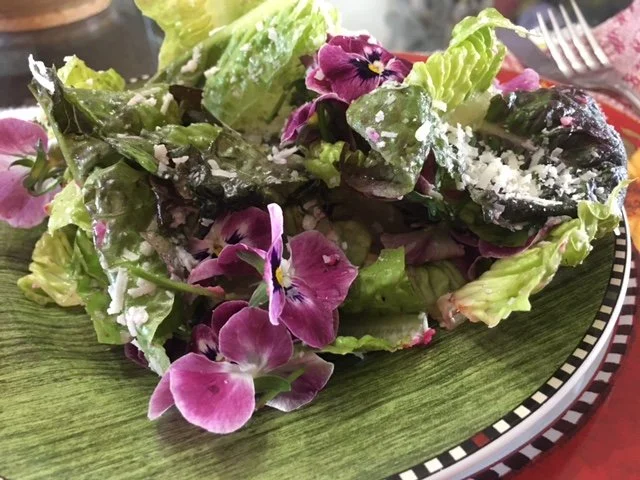Spring Flowers
Despite the rainy, cold, and windy market days these last few weeks the flowers are a big giveaway that it’s springtime. A big shout out to the Maryland Department of Transportation for planting a gazillion daffodil bulbs along the highways. Last week on the way to Bethesda the colorful splashes of yellow brought a smile in the knowing that the seasons had shifted out of winter to spring. Maybe now I can put away the insulated coveralls.
Although the tulips on the farm are little more than green leaves, the flower vendors have worked their green thumbs to have bouquets of pastels on everyone’s holiday tables. Tight-lipped lilies peeking out from their paper cones pass by carried by smiling patrons knowing that in a few days the sepals will peel back to reveal elegant and fragrant blossoms.
My first job growing up was across the street at Orners’ Greenhouse. Each spring I helped to cover the plastic pots containing spring bulbs with blue, green, and pink foil that came on industrial-sized rolls. My favorites were the hyacinths that perfumed the room with their strong scent.
But there’s a problem with hyacinths and daffodils—they contain high levels of oxalic acid and can cause irritation when handling and planting the bulbs. And while they aren’t toxic enough to kill you, they’ll certainly make you sick. However, tulips—both the flowers and the bulb—are edible.
Tulips can be eaten both raw and cooked but tend to lose their color when cooked. White, pink, and peach colored tulips are the sweetest while red and yellow flowers are the most flavorful. Their flavor has been likened to peas and lettuce. Tulips have been used medicinally for coughs and colds. In Persia, tulips were consumed for a source of strength.
Although tulips are more likely to get put in a vase instead of into a meal, another spring flower that can withstand dipping temperatures of spring as a bedding and potted plant is also cultivated specifically as a salad flower—pansies.
The entire flower of pansies, violets and violas is edible. These prolific and colorful little flowers are used in salads, drinks, confections, and concoctions. With a velvety texture, they are enjoyable to eat raw. Unlike the tulip petals, pansy petals hold their colors even when baked. One year I spent an hour gathering violet flowers from my parents’ yard to make violet simple syrup, a dreamy addition to cocktails.
Another commonly cultivated edible flower you can find at the market are nasturtiums. Unlike the bland pansies, nasturtiums pack a peppery punch. Topping off a cocktail or salad with a few flowers might impress your dining companions, but if you really want to wow your guests, try whipping minced nasturtium flowers into a butter or a soft cheese. Nasturtium flowers also make a strong and colorful pesto.
So this spring add some color to the dishes on your table and if eating flowers isn’t your thing you can still find plenty of flowers at the market to put on your table.

